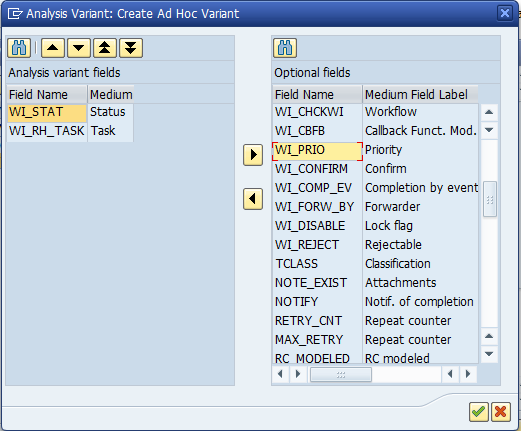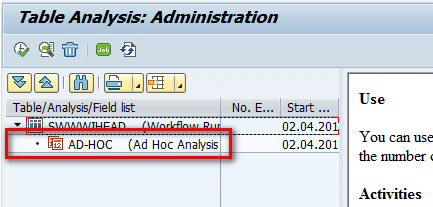Enable quick data insights with SAP Table Analyser
Table Analyser (TAANA) can be an effective device for pattern analysis. It is not only a handy tool for technical consultants but is also a valuable business tool to understand usage patterns.
A few of these analyses can be :
- Pattern of Orders created over time
- Check number of Workflows created in a certain duration and their statuses
- Identify different types of attachments created in the system
The power of TAANA can also be realized when you are starting on ILM / Data archival journey, to give business an understanding of current status and growth projections.
In the very early stages of an archival project, this along with table growth data from DB02 / DBACOCKPIT will give business stream owners a feel for what they are getting into, will give IT leaders the potential savings, help you plot the risk vs benefits chart and help get buy in from different stake holders. With the patterns identified, the team can also fine tune the overall archival strategy.
Creating a new analysis
Let us look at a simple scenario of analyzing the most used workflows and their current statuses.
- Enter TAANA transaction and click ‘Start table analysis’
- Click the F4 next to Analysis Variant
![]()
- In the popup click ‘Create Ad Hoc Variant’
- Select the fields on which analysis has to be done (Task & Status in our case)
![]()
- Click OK and then Continue
- The Ad Hoc variant has now been selected for execution, click Continue
- Select the batch job execution time and save. You will see the draft status.
![]()
- Once completed, the analysis results are available in the main pane.
- Details can be exported for further crunching and charting
![]()
SAP supplies default variants and virtual fields for many scenarios/tables that can be used out of the box. Further variants can also be downloaded using tx ST13. It also integrates well into Solution Manager and can be controlled centrally for multiple instances. The beauty of the tool is that batch jobs can be setup for different frequencies so that updated data is always available when needed.
TAANA also allows creation of virtual fields which can either be subsets of a column in the current table (e.g month/year from a date field ) or even columns from a different table. Will explain this in a different post.
Over time, this is one of the tools I have used more frequently for multiple topics. Indeed a very neat tool that caters to multiple audiences (Business, BASIS, ABAP, Functional) for very different use cases.
New NetWeaver Information at SAP.com
Very Helpfull








